BIG CLEAN OUT AT JOHNSTON ST BUSHCARE
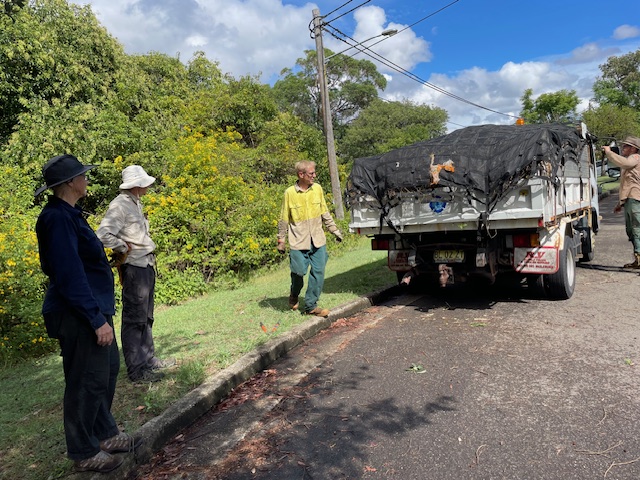
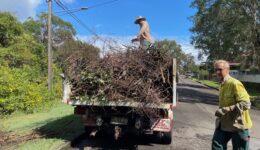

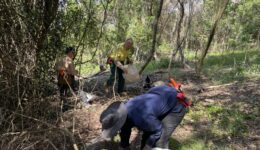
A decade after it was saved from Westconnex, I recently visited the Johnston Street bushcare site and was amazed at how much work the bushcare team has done there. No longer choked by weeds, substantial areas of regenerating bush now look so open and beautiful. Wrens flit through bushes in dappled light and many turns of the track reveal another open view.
The walking track through the western end of the Regional Park leads from Johnston Street through bushland forest to the western park entrance on Bexley Road. This area was the site of one of the very first bushcare grants that the Society received, in the mid 1990s. Careful removal of vines and weeds in places revealed some brilliant bushland underneath and WCPS knew straight away it was worth saving.
Bushcare Coordinator Paul Ibbetson says,
“We have worked hard to open up the dense weedy canopy, vines and asparagus fern to let light in and encourage regeneration. Native plants do better in open, dry, sunny conditions. It’s a lot of work to manage and control the weeds. The bush does not come back by itself. We are very proud of our small team’s results. But we would love some more willing volunteers in our Wednesday morning sessions.”
Contact bushcare@wollicreek.org.au if you are interested in helping the team
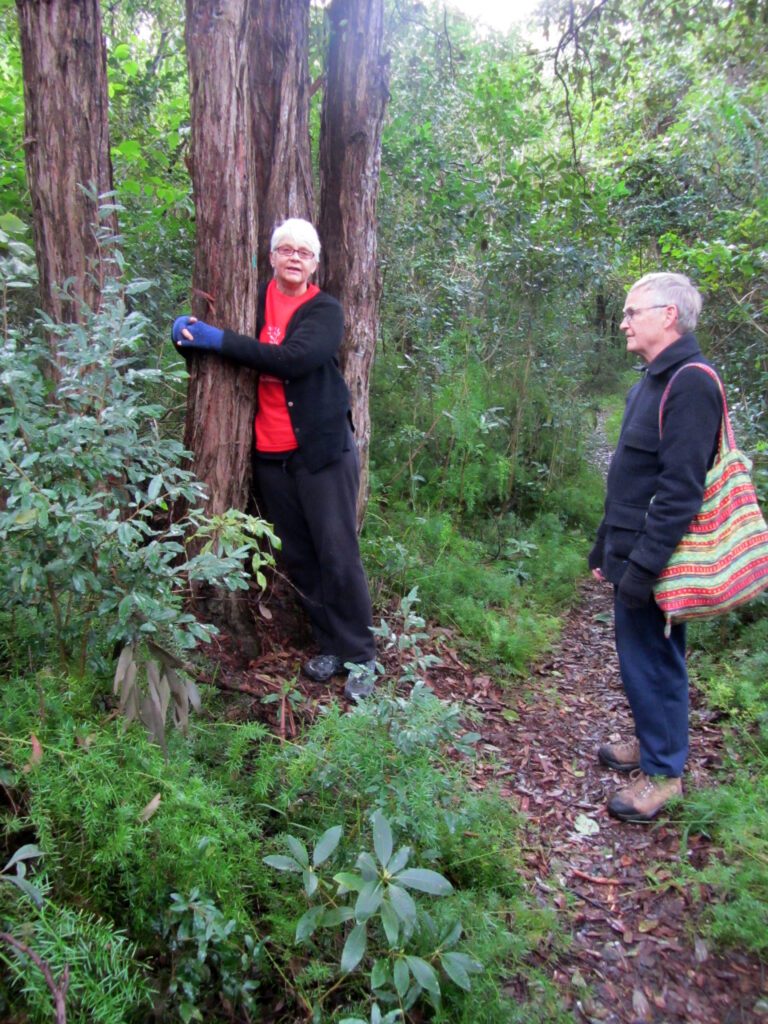
Bushcare team member Deb Little says,
“We’re glad we campaigned so hard to save this bushland from Westconnex in the early 2010s. We were at risk of losing several hectares of native forest to a ‘cut and cover’ motorway tunnel. ”
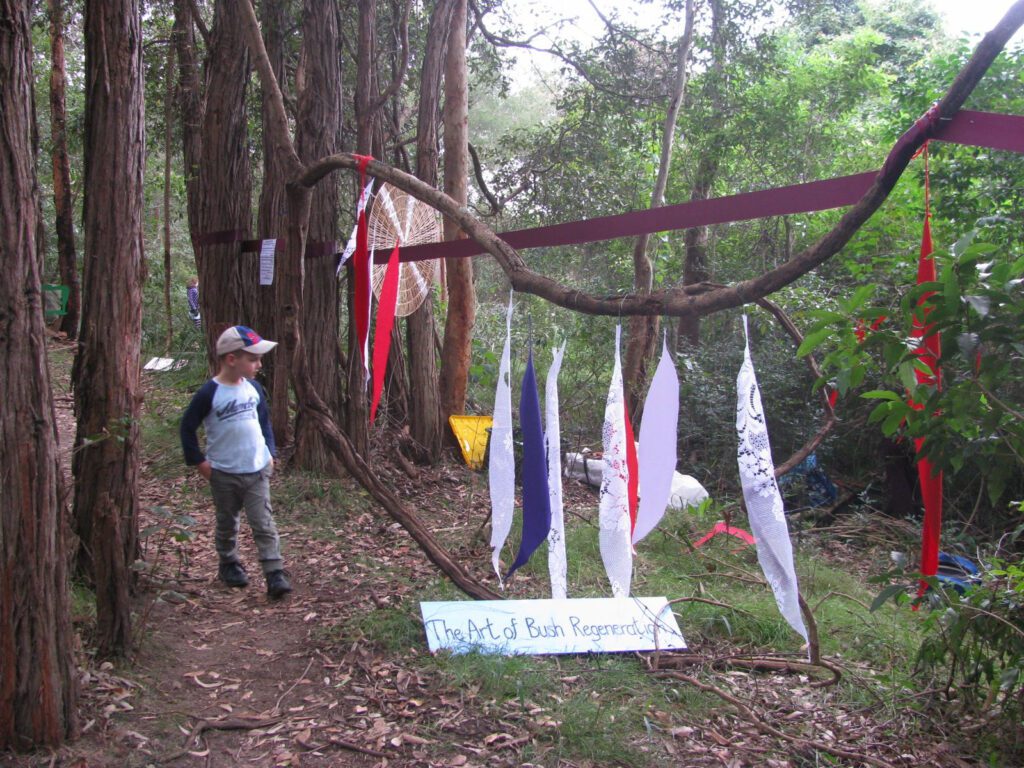
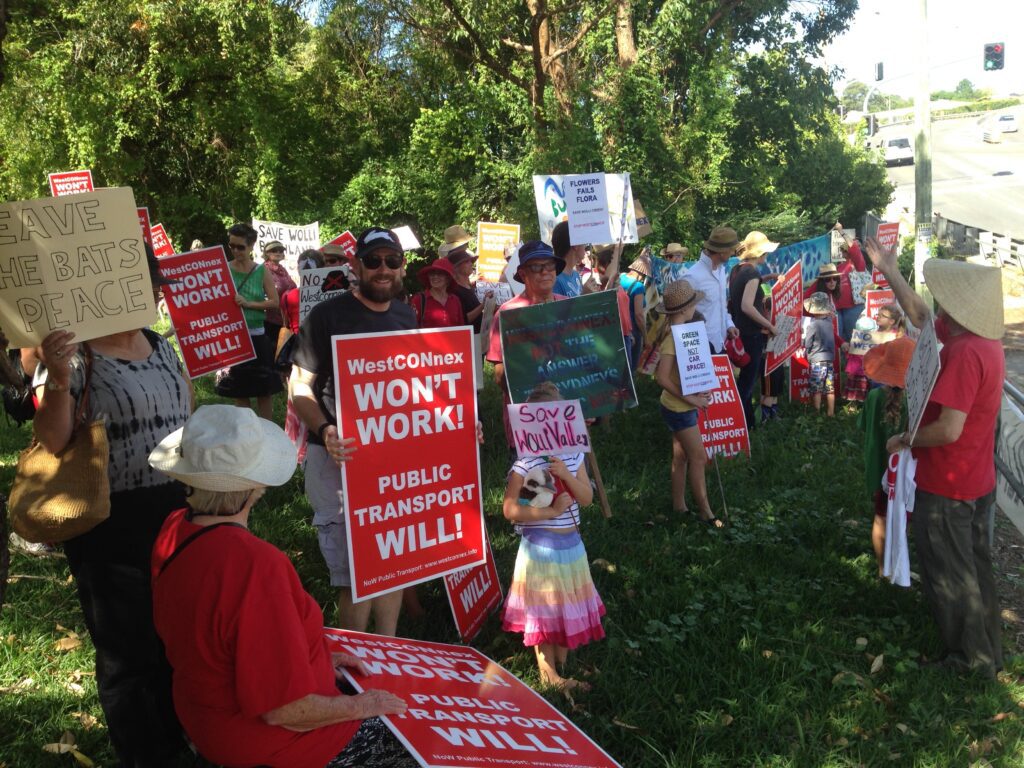
As part of the Society’s protests, Deb organised several National Tree Day events to celebrate this bushland and highlight the threat of Westconnex. Many people participated in her ‘Hug a Tree Day’ in 2012, ‘Inspired by Wolli’ in 2013 and ‘Tree-mendous Wolli’ in 2014.
See more photos of these events at flickr.com/photos/wolli_events/albums
Bushcare Coordinator Paul Ibbetson says,
“This area was farmed, you can see remains of stone fences and terracing, so the bush was very disturbed, trashed in fact. It’s remarkable how much it has recovered. We are now seeing nice patches of native ferns and orchids and even the formerly very rare Cabbage Tree Palms are coming back. We’ve seen Eastern Yellow Robins and a Tawny Frogmouth too.”
Laura Zusters
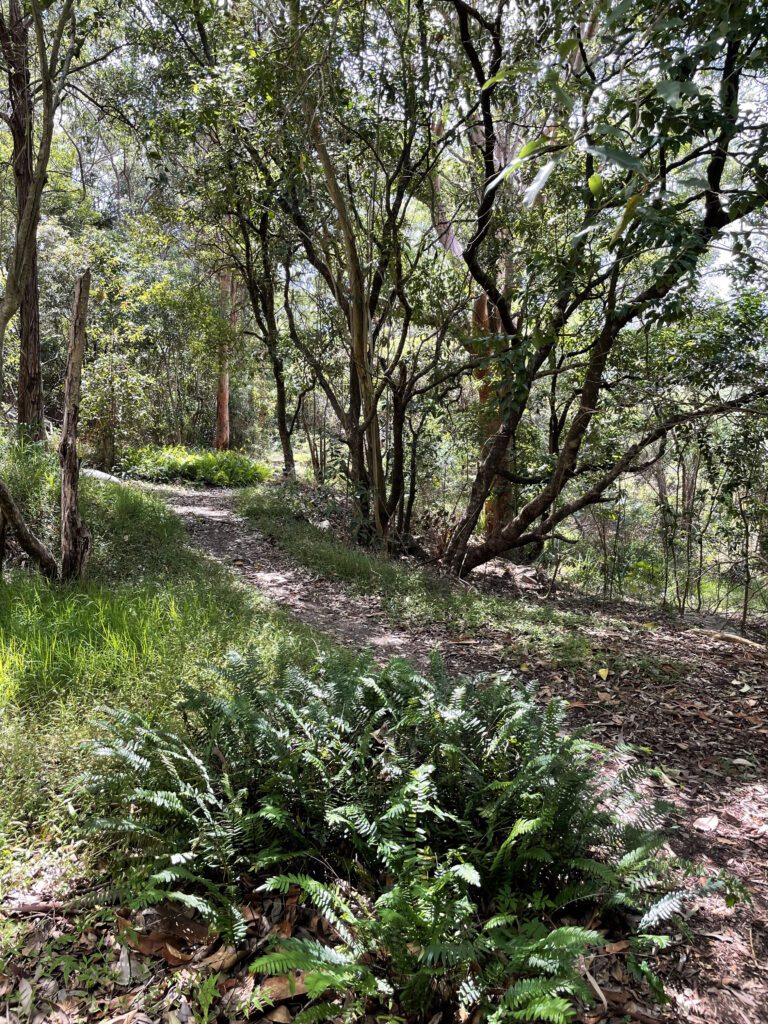
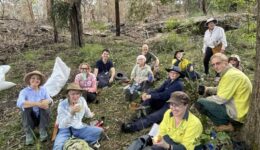
A keen group of bushcarers tackled the weeds at the Hazard Reduction burn site at Girrahween this morning, below Sutton Ave, Earlwood. Bushcare Coordinator Paul Ibbetson is pleased National Parks were able to do the burn in this area, “The bushland is adapted to frequent irregular fires, but since European settlement, fires have been suppressed. These burns help not only protect nearby houses, but they restore the health of the bushland. It’s great to see that after only a couple of weeks, the green shoots of some native plants are already showing.” We saw Kookaburras, Ravens and Currawongs closely inspecting the site for tasty snacks.
The bushcare group made a great start on removing introduced species around the edges of the burn, such as Privet, Ochna, Asparagus Fern and Corky Passion Flower. There will be another session this Wednesday 17th April to continue this important and satisfying work. If you’d like to join in and help us, contact Paul at bushcare@wollicreek.org.au.
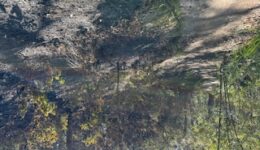
The Wolli Creek Society will be holding 2 bushcare sessions at Girrahween Park in Earlwood on Saturday 13th and Wednesday 17th April, from 9 to 12.
If you’d like to join us to do some weeding around the edges of the recent burn area at Girrahween, please contact Paul at bushcare@wollicreek.org.au. He will tell you where to come and what to bring.
We hope to see you there.